Scientists retrace history of ancient scourge
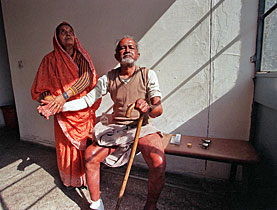
Leprosy - the age-old disease - spread globally from East Africa mirroring population and trade movements but has hardly changed over time, new research shows.
A Swiss-led team of international scientists hopes its study retracing the history of leprosy from ancient Egypt to today can help contribute to the elimination of the debilitating illness, which still persists among the world’s poor.
The researchers examined DNA from human remains from different parts of the world, including Brazil, Madagascar, China, Europe and Egypt, where they unearthed a fourth-century BC mummy.
They identified four strains of mycobacterium leprae, the bacterium that causes leprosy: European, Indian, East African and West African, with small variations between them.
Stewart Cole, a professor from Lausanne’s Federal Institute of Technology (EPFL) who led the study, described leprosy as “one of the most stable organisms” he has ever observed.
“Irrespective of the origin of the sample of mycobacterium leprae, there was a remarkably high level of similarity and the genome was extremely well conserved,” he told swissinfo.ch.
“This is very good news in terms of treatment.”
Only a hundred different variations exist between the DNA of two different strains, whereas with HIV or flu there may be thousands of mutations.
Frequent transformations often lead to disturbing resistances to antibiotic treatments, such as with tuberculosis. A more stable bacterium responds more efficiently to treatment, indicated the study, which was published in the latest edition of Nature Genetics journal.
Tremendous progress
In 1996 the World Health Organization (WHO) said it hoped to all but eliminate leprosy within ten years.
Overall numbers are in decline, but the disease remains a persistent health issue, with over 700,000 people infected worldwide.
“There has been tremendous progress – over 12 million patients cured,” said Cole. “But there are still a lot of infectious individuals or other sources around and these need to be mopped up.”
According to WHO, some 250,000 new cases in South America, Asia and Africa were diagnosed in 2008, even though a cure, which is available free, was found more than 20 years ago.
Leprosy is a relatively easy disease to cure if the patients are identified early enough and provided the patients take their treatment properly and for the full duration, said the EPFL professor.
Complicated treatment
The effective multi-drug therapy developed by WHO involves taking three antibiotics for a period of between one to two years depending on the form of leprosy.
Once a person is treated, within a few weeks he is no longer contagious but physical deformities, including damaged hands and feet, remain.
“It’s a complicated treatment. Ideally, we’d like to find new drugs that act more quickly so patients don’t have to be observed for such a long time and it’s less onerous for them,” said Cole.
But leprosy is a neglected disease, with only a few ongoing research projects due to limited funding and a greater focus on tuberculosis, he added.
Far from over
“It’s important that there should be active research into leprosy, as it’s far from certain that the disease will be eliminated,” said Cole.
WHO spokesperson Francesco Rio agreed the fight was far from over.
“The last mile is the toughest – this has been shown with other diseases like guinea worm or polio,” he told swissinfo.ch. “The end of an elimination campaign is when you need to put more effort as the cost per capita increases.”
“We need to keep up the pressure on states as leprosy can come back,” he said.
Simon Bradley, swissinfo.ch
Leprosy is one of the oldest recorded diseases in the world. The first historic mention of leprosy in India dates back to 600 BC, where it is denoted by a Sanskrit term ‘Kushtha’, literally meaning ‘eating away’.
Leprosy is an infectious chronic disease that targets the nervous system, especially the nerves of the hands, feet, and face.
Mycobacterium leprae, the bacterium that causes leprosy, multiplies very slowly and the incubation period of the disease is about five years. Symptoms can take as long as 20 years to appear.
Leprosy is not highly infectious. It is transmitted via droplets, from the nose and mouth, during close and frequent contacts with untreated cases.
More than 700,000 people in 118 countries currently suffer from leprosy. According to WHO, the number of new cases detected during 2008 was 249,007. There has been a 20% annual decrease in new cases detected globally since 2001.
Most previously highly endemic countries have now reached elimination (defined by WHO as a registered prevalence rate of <1 case/10 000 population).
Highly endemic pockets still exist in some parts of Angola, Brazil, Central African Republic, Democratic Republic of the Congo, India, Madagascar, Mozambique, Nepal and Tanzania.
Leprosy is a curable disease and treatment provided in the early stages averts disability. With minimal training, leprosy can be easily diagnosed on clinical signs alone.
Since 1995, WHO has provided free multidrug therapy (MDT) for all patients in the world, initially through the drug fund provided by the Nippon Foundation and since 2000, through the MDT donation provided by Novartis and the Novartis Foundation for Sustainable Development.

In compliance with the JTI standards
More: SWI swissinfo.ch certified by the Journalism Trust Initiative


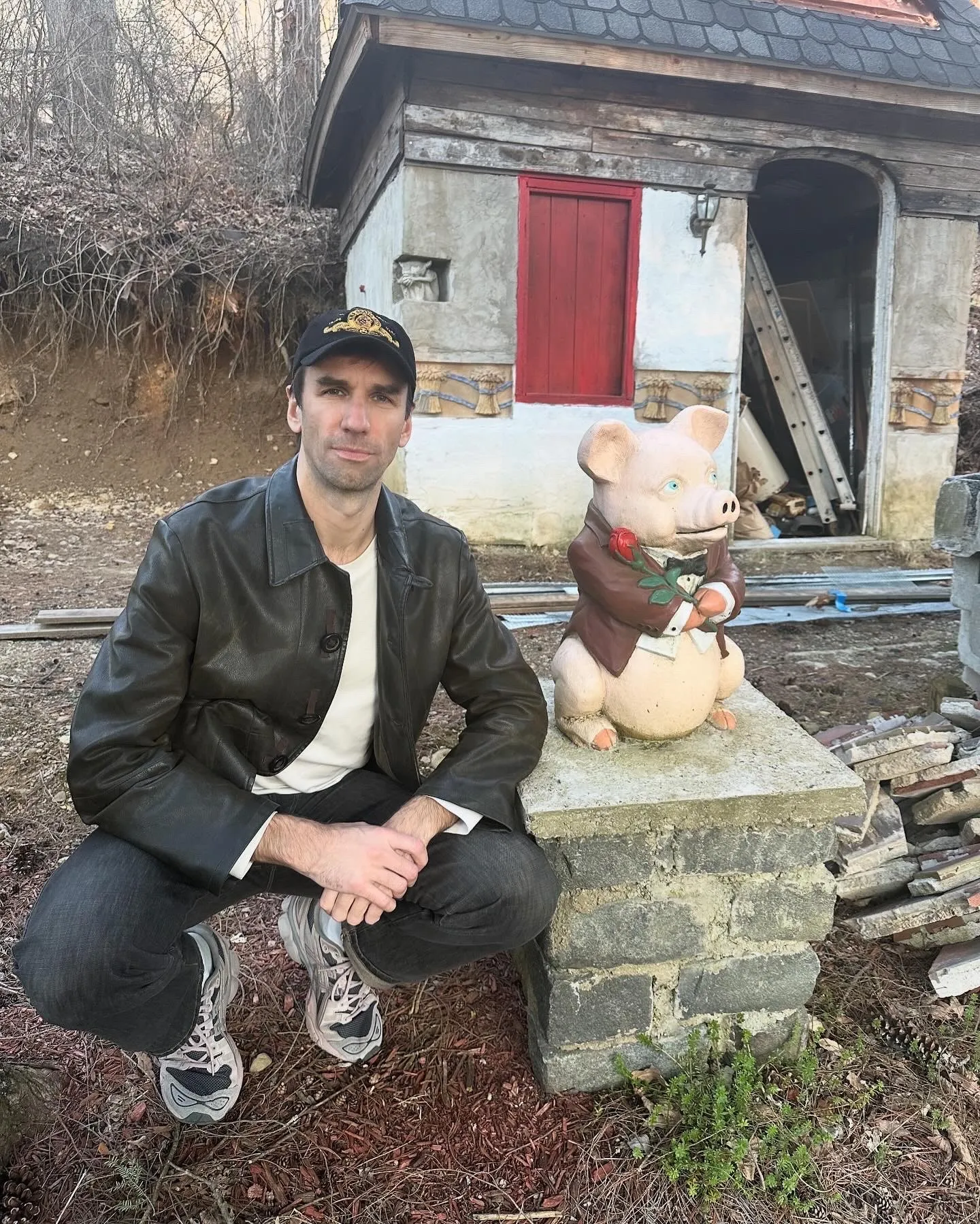
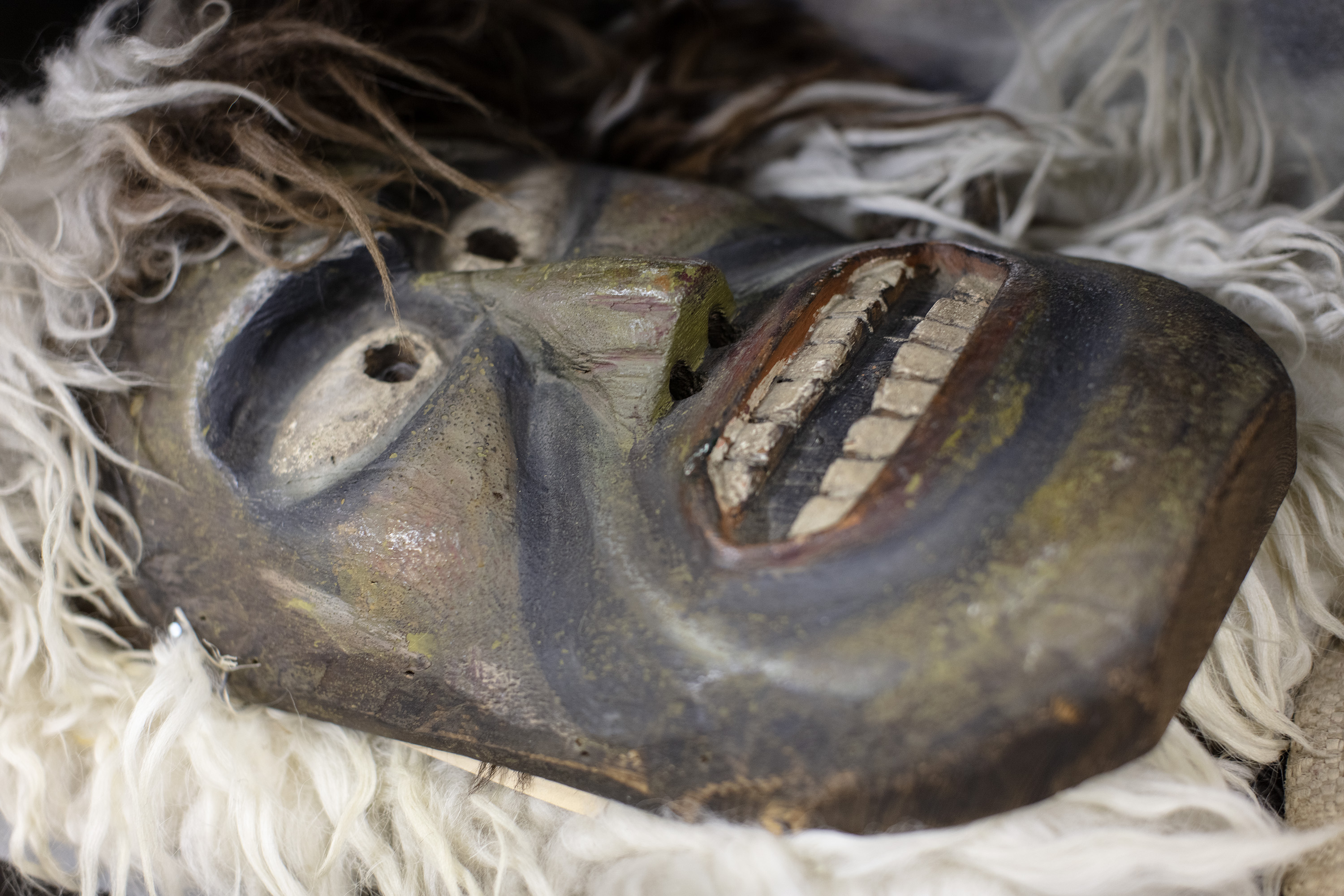
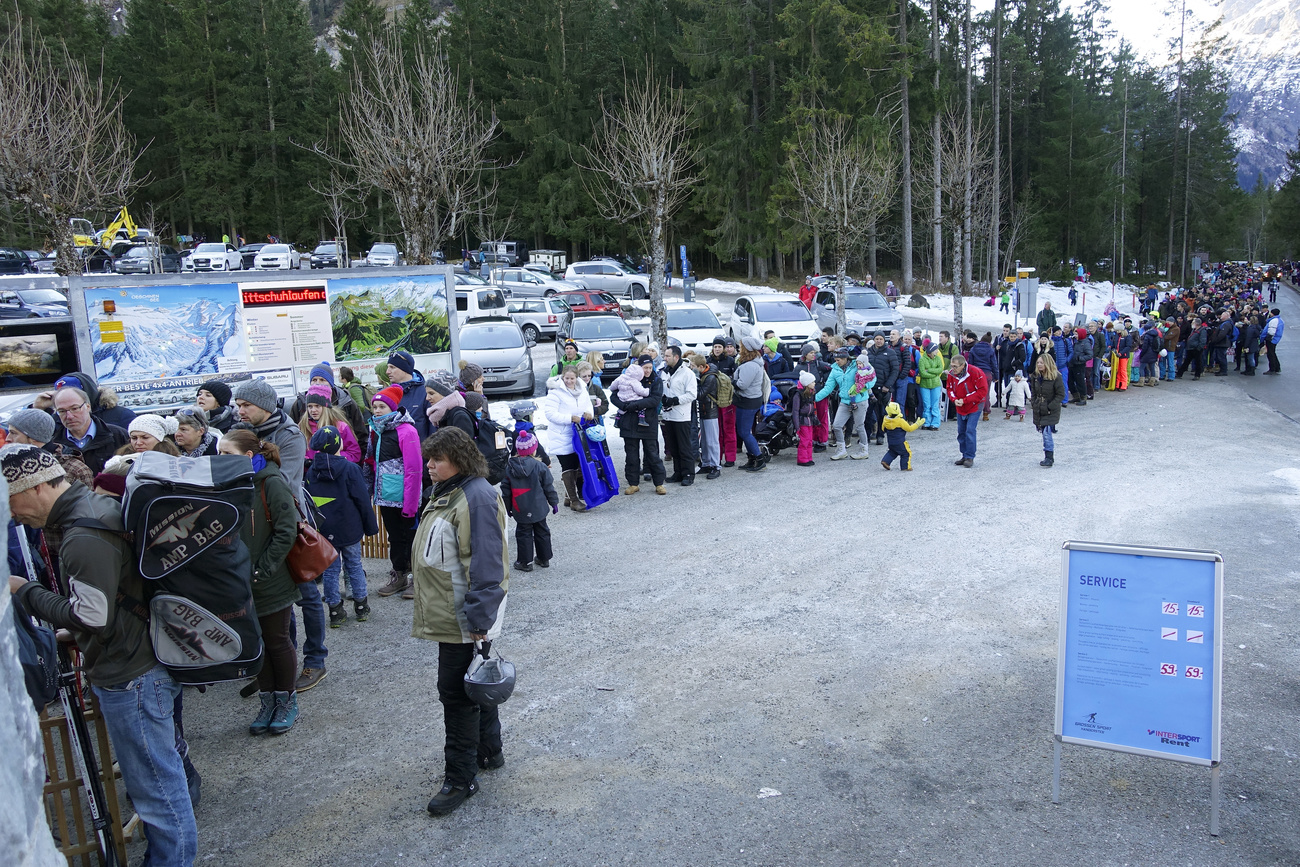




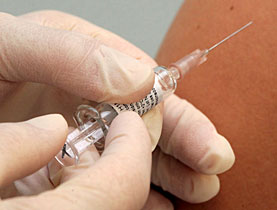
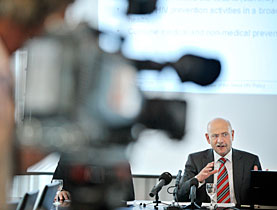

You can find an overview of ongoing debates with our journalists here . Please join us!
If you want to start a conversation about a topic raised in this article or want to report factual errors, email us at english@swissinfo.ch.